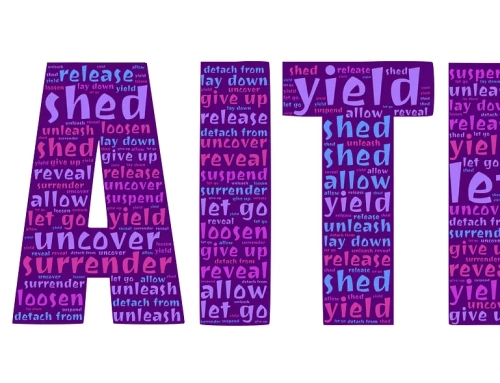By Trieste Vaillancourt
Do you ever watch The Voice on NBC? During the show, musical artists are given the opportunity to  grow and be coached by others who have been successful in their field—musicians like Blake Shelton, Adam Levine, Kelly Clarkson, and Alicia Keys. These coaches often advise artists to find their connecting point to a song. They ask: “How is it real to you? How can you relate to the emotion and heart of someone else’s song, and make it your own?”
grow and be coached by others who have been successful in their field—musicians like Blake Shelton, Adam Levine, Kelly Clarkson, and Alicia Keys. These coaches often advise artists to find their connecting point to a song. They ask: “How is it real to you? How can you relate to the emotion and heart of someone else’s song, and make it your own?”
There is something powerful in the ability to put yourself in someone else’s emotional shoes. And it always amazes me when I watch another person find their sweet spot—connecting with the lyrics, the emotion, and therefore the audience. It’s that kind of resonance that puts a lump in the throat and creates visceral responses to the music.
In writing for greeting cards, devotionals, gifts, or journals—and, I suspect, in all other sorts of writing—finding your connecting point first will often lead to a strongly connected message. Here are some ways we go about this at DaySpring:
- Connect with others. This may seem obvious, but we as writers get to step into the role of listener and journalist very often. We are always observing, sensing, asking questions, and searching for ways to relate to what others are going through. Living out the Scripture of “rejoicing with those who rejoice and mourning with those who mourn” (see Romans 12:15) becomes more than just a thing we do. It’s a heart posture we take in order to both experience and express God’s love in all sorts of situations.
- Try on new shoes. We often close our eyes and try putting ourselves in the situations of another person. How would I handle learning that my 22-year-old daughter has turned away from the Lord? Or what would my response be to my husband getting a job after being unemployed for nearly two years? I often write copy, then read it to myself as if I were the recipient. Would I want to hear what I’m reading if I were that person? Would it feel preachy to me? Empty? Or heartfelt and resonant?
- Write with feeling. This may seem obvious, but it’s actually one of the trickiest aspects of writing connected copy. The most natural thing for us is to repeat the truth we know from the Word. But if we do that without tapping into emotion, we come across as preachy. I can’t express enough how powerful it can be to simply say, in so many words, “I see you . . . I hear you . . . I’m so sorry . . . I’m so happy for you . . . me too.”
- Stay in the river. So often in Scripture, the Holy Spirit is referred to using water references. He is a constant source of life, constantly speaking, guiding, comforting, leading, and helping us connect. Writing without His partnership can be a hit-or-miss affair. But writing with His partnership elevates us into that space where only He understands the hearts and minds of the people He has given life to. So pray first. Pray often. Keep the line open, and be willing to adjust or listen to nudges. Expect the unexpected with Him, and allow yourself to live (not just think) outside of the box, if that’s where He wants to take you.
 Trieste Vaillancourt is the senior editor of DaySpring Books, writer, and Louie award finalist. An Oregon native, since 2000 she has written for Hallmark, DaySpring, Russell Stover, and more, compiled and written several gift books, and published articles with Radiant and Enhance magazines. DaySpring has expanded beyond greeting cards and is hoping to gather a community of writers to help address needs like gift books and devotionals and other emotionally connected writing for the future.
Trieste Vaillancourt is the senior editor of DaySpring Books, writer, and Louie award finalist. An Oregon native, since 2000 she has written for Hallmark, DaySpring, Russell Stover, and more, compiled and written several gift books, and published articles with Radiant and Enhance magazines. DaySpring has expanded beyond greeting cards and is hoping to gather a community of writers to help address needs like gift books and devotionals and other emotionally connected writing for the future.
Trieste will be leading a “Writing with Connection and Empathy: Love & Marriage Edition” (two-part) workshop at the 2019 Oregon Christian Writers Summer Conference to encourage and develop writers who are interested in writing gift books, devotionals, and greeting cards.







